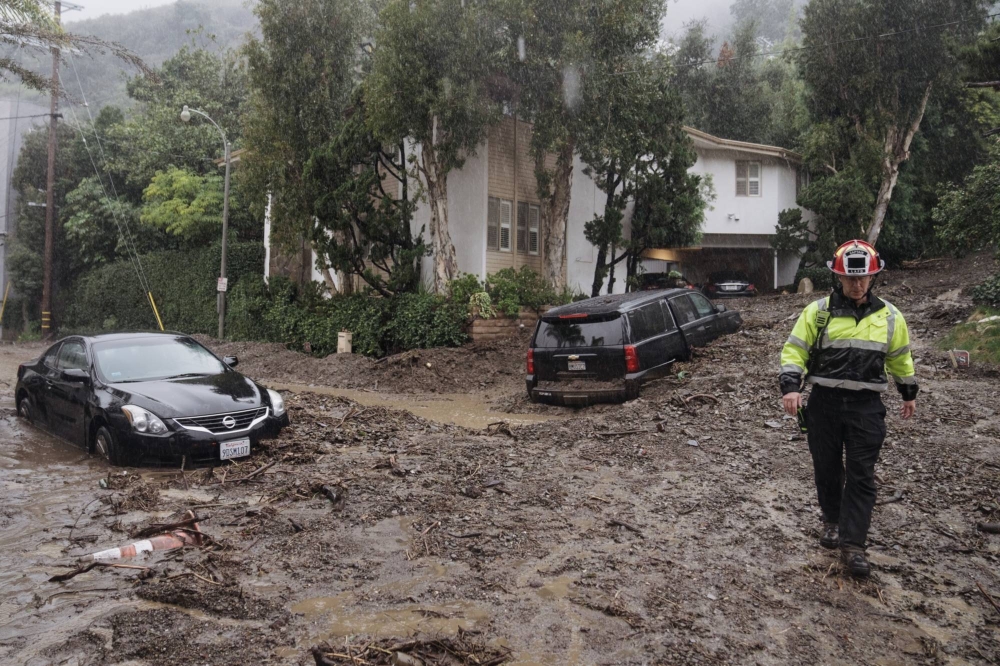The United States and the Philippines are the countries hit hardest by climate-driven extreme weather, measured as a percentage of their economies, according to a report released Wednesday by global reinsurance giant Swiss Re.
The U.S. currently experiences the worst losses in absolute terms: about $97 billion annually, due to its disproportionate share of insured assets. That amounts to almost 0.4% of gross domestic product, or GDP. The hit to the Philippines is much smaller in dollars at $12 billion, but represents a 3% share of the nation’s GDP.
Swiss Re Institute, the group’s research arm, looked at how four major weather perils — floods, hurricanes, winter storms and severe thunderstorms — inflict economic damage on 36 countries. Annual losses from just these perils amount to about $200 billion globally, averaged over the last 10 years.
The institute then analyzed the losses as a percentage of GDP, which gives a different lens on the financial pain caused by such events. “It is easier to have a debate around the benefits of climate adaptation when you see the risks as real economic costs to countries,” said Jerome Jean Haegeli, Swiss Re’s group chief economist.
The countries that suffer the third and fourth most losses, proportional to GDP, are Thailand and Austria. China ranks fifth and Japan 10th. Ireland, Israel and Turkey are at the bottom of the list of 36.
The report considers how this will play out into the future. Researchers used predictions from the U.N.’s Intergovernmental Panel on Climate Change for hazard intensification based on a “middle of the road” emissions scenario. They overlaid these on the current geographical pattern of losses to predict where future damage is most likely to occur.
Climate change won’t exacerbate risk to the same degree in every country. As the report notes, China and India today both experience significant weather-related losses. “However, the probability of hazard intensification in China is more than in India. The inference is that in the future, China may be exposed to potentially higher weather related losses as a percent of GDP than India,” the authors write.
Poland and the Czech Republic will be at highest risk of increasing damages through 2050, the researchers found, with more property there exposed to climate-related flooding.
There are two human factors that the analysis cannot predict. First, whether people continue to build in high-risk coastal areas. In the U.S., for example, people continue to move to very exposed areas like the coasts of Florida.
The other unknown is how much money is spent on adaptation measures, like building seawalls and fortifying infrastructure. The insurance industry has become a big advocate of this as a way to limit damages and therefore the skyrocketing premium costs that customers are increasingly complaining about.
But that takes money, so it is happening slowly, especially in the countries that need it most.
Gaia Larsen, director of climate finance access at the World Resources Institute, a Washington-based research organization, said that most climate investments are for mitigation (that is, reducing emissions) “while we really need to shift to adaptation.”
That need is most pronounced “in developing countries, where they are seeing the biggest impacts relative to GDP and have the least resources to build back after natural catastrophes,” she said.

